advertisement
Byte By Byte: Charles Washika’s Leadership Chronicle
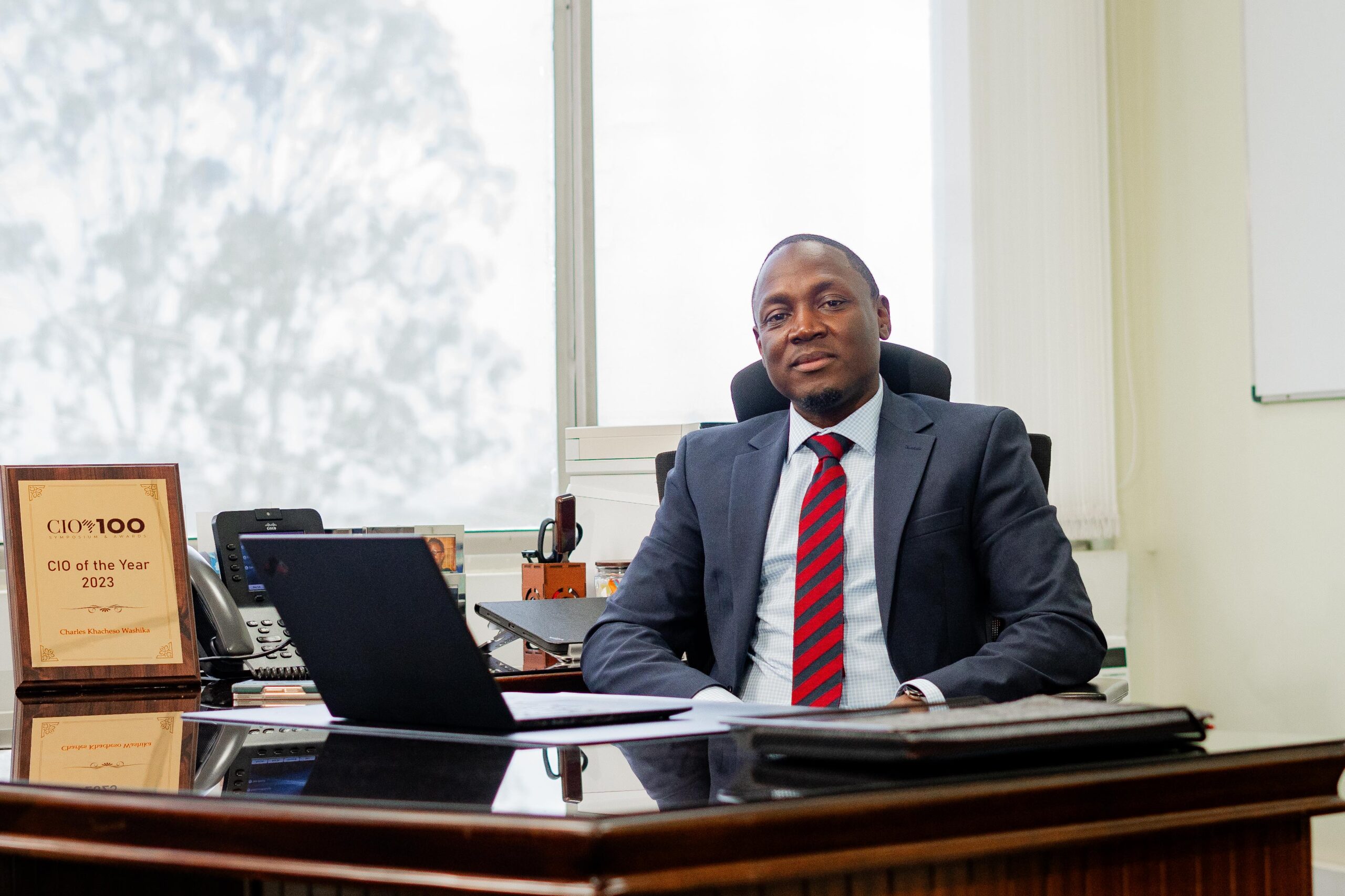
On a night like no other, the main hall at the Diamonds Leisure Beach & Golf Resort in Diani was beaming. It was an all-white affair that ended spectacularly for one Charles Kacheso Washika when he was announced as the CIO of the Year Africa 2023. A feat Washika remains proud of. The Co-operative Bank of Kenya underwent a comprehensive change to its core banking system. A project that involved the entire organisation hence its success. As a project, the idea originated from the ICT department with buy-in from the C-Suite.
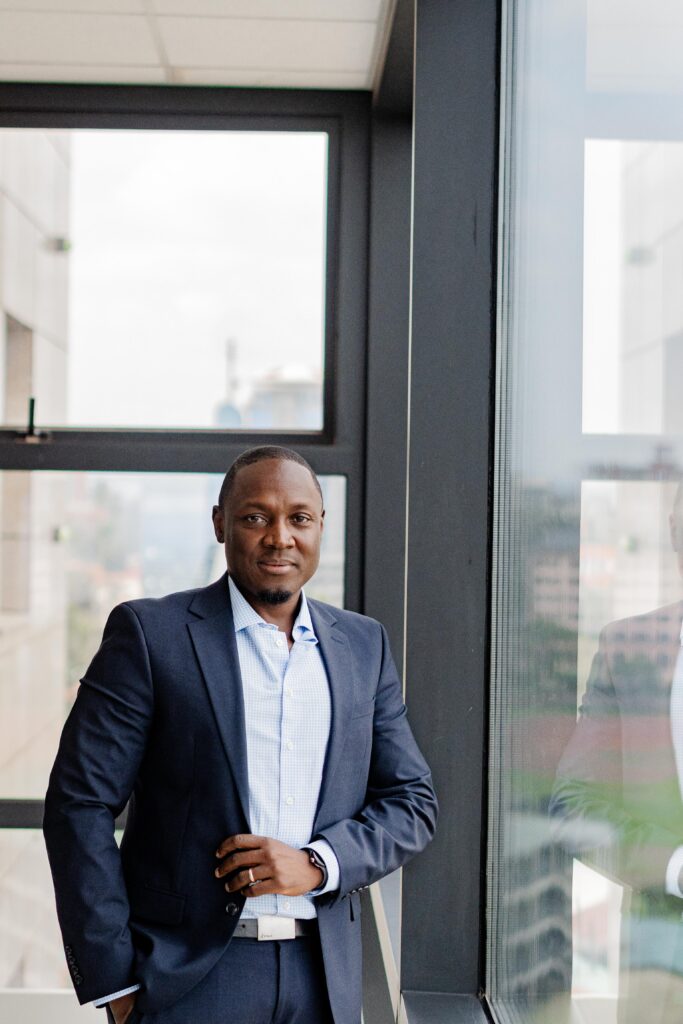
advertisement
advertisement
advertisement
There’s no better way to start this interview than with this question. Who is Charles Washika?
Yeah, it’s a very, very good question. I ask people this when I’m hiring to understand who they are. So, it’s interesting that I get to answer such. I am a technologist, and a tech enthusiast, but I started my life in art. I’m talking about my professional life. However, I realised that technology is in my heart. So, I moved into tech about 19 years ago and since then I’ve risen through the ranks right from pulling wires and implementing systems in Kenya, around the world, and Africa, to where I am right now as a tech leader. To sum it up, I’m really a technologist. Other than that, which probably should have been the first thing I should have said, I am a husband and a father to three girls. They keep me awake!
You won CIO of The Year Africa 2023. What was that like for you? How would you describe that night?
First, we were not expecting it and were extremely humbled. You notice I’m saying ‘we’ because it was a team effort. When my name was called out there, I thought I was dreaming. My wife had wanted to attend but I discouraged her, saying I did not want you to see me not get the award. To win it? I was very elated, yet extremely humbled, and very happy because it was just a culmination of the hard work that we had done at the bank, as well as personally for the past 20 or so years. I think it was an affirmation that I was doing something right. When you get an award like this where your peers are affirming you, it is such a good feeling. I was, of course, also extremely surprised.
I remember you said you had a speech prepared but couldn’t find it.
I didn’t expect it but I had a speech prepared just in case I won. Then my name was called out, and I couldn’t find it. I later realised it was somewhere in my pocket. You know, you always must be ready for anything even if you don’t expect it. I am a man of few words, so I came up with something on stage and mostly thanked my Team for helping us win the award.
Aside from this Award, you must have other proud accomplishments and achievements that you are proud of. Please share.
Winning the CIO of the Year Africa Award 2023 was a culmination of what we did for the core banking implementation. The bank has been going through a digital transformation journey since n 2014. We segued into digital transformation in 2017. It’s been a huge achievement for us to see what we’ve been able to do from a transformative perspective. The core banking was almost like the final piece that fell into place. However, in the past five years, we’ve done quite a bit on transforming how we engage with our customers from mobile banking, to agency banking, and how we’ve enabled our customers and our staff.
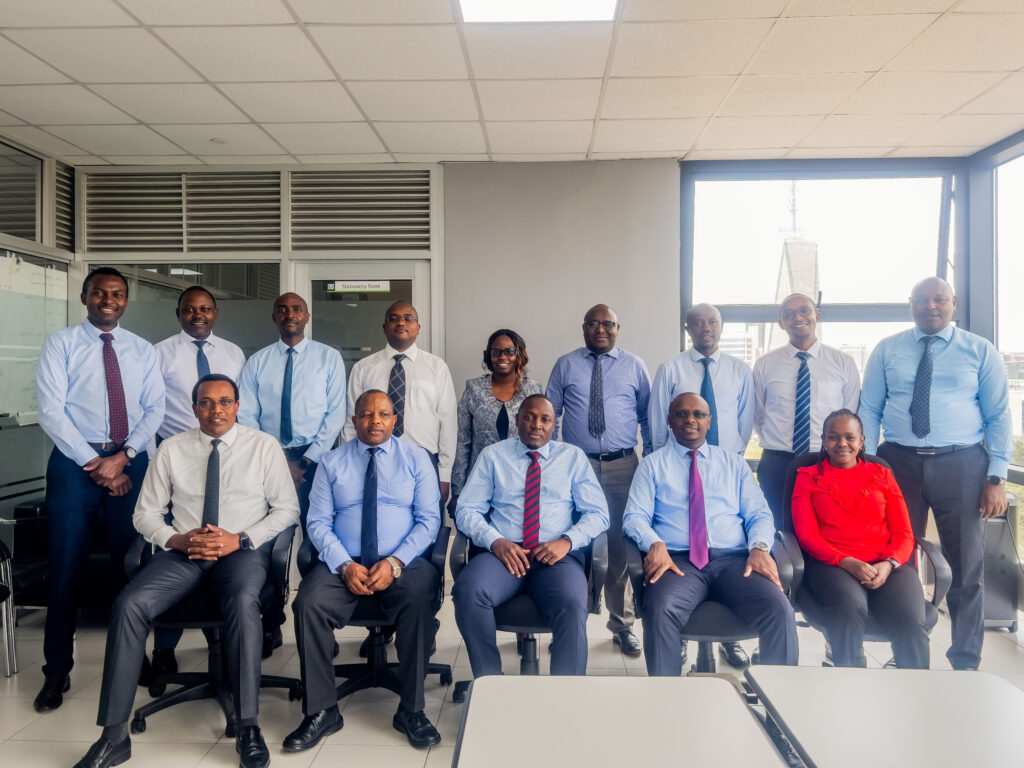
A good example is how during the COVID-19 period, a lot of staff had to work from home and technology enabled that. I think that’s one of the biggest achievements I’d say. This latest one was a culmination, but in the past five years, we’ve really done a lot as far as digital is concerned. There have been several achievements, but I would like to single out maybe two.
I was part of a team in my previous place of work that ventured into a new Francophone market. We had never done that before, so we were explorers. We implemented a system for enabling market traders to interact with their microfinance easily. It was a new language, a new environment, and a culture shock. Just seeing how these ladies who used to do things and update their records in three months, can update their records in a day. I hold that very dear, for me. If I go further back, there’s a time when SACCOs were moving from manual records to digital. Then, we were not calling it digital transformation. We were calling it ‘computerisation’ because they were manual records. We did this project at the coast where we computerised about eight SACCOs. I was leading that team, and I could see the transformation then. I’m always proud of those moments. There are so many others, but I single out those three.
Many people like talking about successes. What about your failures? Do you have any you can tell us about and how do you take ownership of those?
Let me not say it’s a failure. It was more of a learning experience.
Last year, we rolled out a new mobile application and for three weeks, the experience with our customers was not what we expected. We had done a pilot for a full year. The sample that we picked was staff and a few of our customers to pilot and make sure that the system was ready. But when we went live, we quickly realised we probably should have expanded the sample. However, that gave us a very good opportunity to learn and make sure that now the bigger project, which was also running in parallel, the core-banking project, and see where the pitfalls were. We were able to learn from that. It informed our later success. That was one of the most painful experiences I had to go through. I remember staying awake for more than 48 hours after Go-Live, not to celebrate, but just to make sure that our customers were able to access their services.
Speaking of your core banking system, could you tell us more about this project?
It goes back to the digital transformation journey we were going through. We had a vision, which we were running with, and the vision was to be with our customers through joyful simple experiences and safe ones all the days of their lives. We came up with different aspirations and themes and capabilities that needed to be in place. We reviewed our existing core banking and realised it was a foundational piece and that it was scalable. Four years ago, we got approval from the board to upgrade our then-core banking system. I’m talking about this approval because core-banking transformation is normally very risky. We were changing everything in the company, and it is like doing open-heart surgery. After the approval, we went through a vigorous global procurement process after which we onboarded Infosys and started the implementation process. The project was meant to enable us to scale up how we interact with our customers and deal with our data.
The system that we had then was also at the end of its life, so we needed to upgrade to be able to interface with our partners easier. We may have started the project five years back, but the real implementation started two and a half years ago – during the COVID period. It was a difficult time; you can imagine doing a core banking implementation with offshore vendors. I remember the last two site visits that we did before we onboarded Infosys were done online because we were right in the middle of COVID-19.
It was a very big project with close to 4,000 staff involved at some point. Most of our training was done online. The staff adapted to online interactions, making it easy to continue online training post-COVID. The old system we had been running on was around 10 years old so we also needed to change the entire infrastructure and the way all the peripheral systems were interfacing with the new core-banking system. The old system was more of file interchange and now we needed to go API. In as much as we were changing the core, we were also changing the 61 peripheral systems around the core while upgrading a lot of the technology stack. It was such a big programme that there was a point we were working with about 40 vendors.
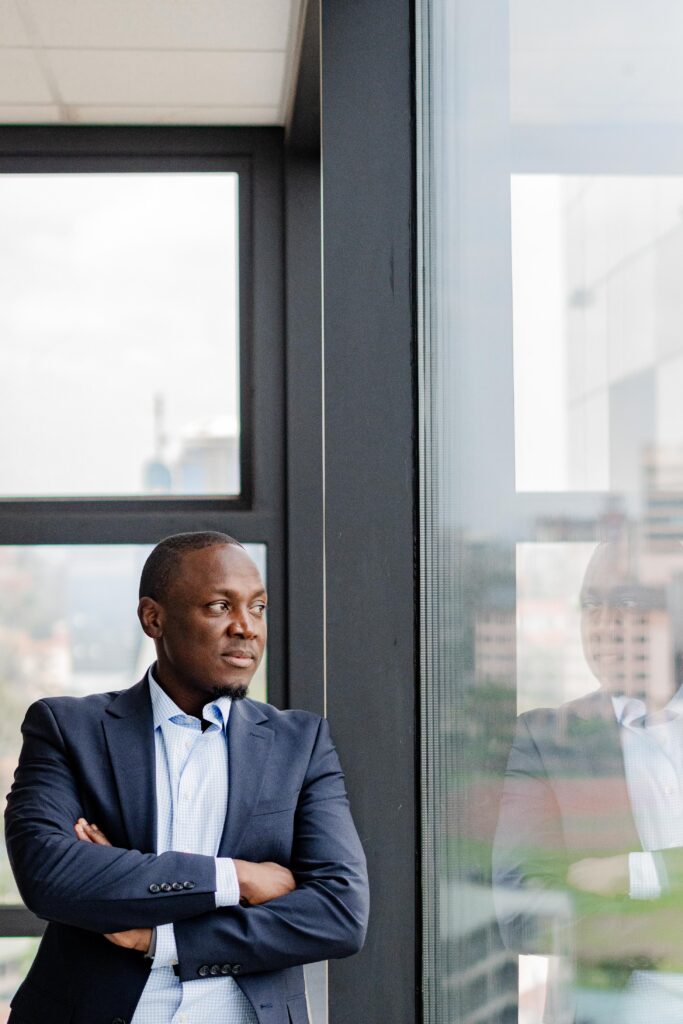
Which tech providers did you partner with on this project and how crucial was their involvement?
We went through a very competitive global tendering process because we needed to select a vendor that aligned with our strategy, which was putting the customer at the centre of our transformation. We also needed to get the best of the best. We felt Infosys met those criteria and walked with us through our journey. In as much as our interactions were mostly online initially, they have been on-site post-COVID. This transformation needed to succeed. I know a lot of core-banking transformations that were gruesome, for lack of a better word. I think Infosys was successful and can now be used as an example of how a successful transformation needs to be done. Yes, we worked with 40 other vendors, but Infosys was the main one. It is always important for the partners to understand that we are a reference to what they can do. Implementation is only one aspect. There’s the day-to-day running of the application. We chose our vendor knowing that they are very strategic in their view.
Apart from the external partnerships, let’s go in-house. How do you build relationships with the C-Suite and senior management especially when you were working on this project?
There’s a term we usually use: what’s in it for me?
You need to understand the C-Suite and walk their journey so that you know what’s in it for them. For the business colleagues at the C-Suite, it is about business growth. For the CEO, who has been very supportive throughout this project, it is to understand his vision and the vision of the board. Once you have understood the perspective of your fellow C-Suite members, walk their journey and show them that it is not an IT project, but a project for the entire company. Many IT projects fail because they’re seen as IT implementation and not something that will benefit the entire organisation. The key thing is understanding what’s in it for them, ensuring that there’s full ownership right from the board level, and ensuring you walk the journey with them.
You brought about a new state-of-the-art core banking system to Co-operative Bank. How do you stay ahead of the curve and ensure you get the right new technology for your projects?
First, it’s understanding our strategic objective. Like any other organisation, we have a strategic plan and we have put technology right at the centre of it. We understand where we want to go. Technology is the strategic objective of the bank, understanding what we need to do for the customer and shareholders. I do a lot of reading and research daily, trying to understand what is happening in the tech world. However, I don’t just look at what is big and shiny out there but how we can use it to transform the lives of our customers and ultimately transform the bank. Whether it is AI or cloud, what does it mean for the farmer down there in Mumias or Murang’a? As a bank, we have teams that we have set up where we do a lot of PoCs (Point of Contact). We have a digital factory where we allow these guys to run ahead, look at these technologies, and come up with products that can help us serve our customers better. We also do a lot of networking. We have strategic vendors that we have worked with on various projects, and we always try to understand what they’re doing and how it may help us transform as a bank.
We’ve seen a lot of technological advancements this year. What is the most recent new technology that you found surprising?
Generative AI. I think Gen AI is a big thing because Artificial Intelligence is a buzzword and people know about it and have talked about it a lot. We know that there are self-driven cars, the Alexas, and all these things related to AI. However, for AI to make sense, an organisation needs to make a lot of investments. Gen AI has helped democratise the discussion around AI. You could register on ChatGPT and start using it. Gen AI has been a big thing because it has democratised what AI can do.
If you are looking at banking, how do you focus on future trends, stay current and learn from the past simultaneously?
As always, the customer must be right in the middle of everything. We also look at what’s out there, and how it helps us transform the lives of our customers and transform the organisation. We do this while also remembering that we’ve gone through some experiences in the past and being very measured in the type of investments we make. Some organisations spend a lot on technology and there are regrets in that spending. We have been very measured in understanding the kind of technologies that we bring on board.
Part of my understanding of a CIO’s job is that they have to be switched on 24/7/365. Is this your life?
I would say yes and no (chuckles). Yes, that’s the description of the job of any Head of IT, be it the CIO, CTO, or CISO. You are like a doctor and can be called at any time. There was a time when it was almost normal that you would be called at any time, but the team has worked really hard to ensure that the system is stabilised. Today, I am aware that I can be called at any time, but I don’t expect it frequently because our systems are now stable. However, as a head of IT you must always be ready.
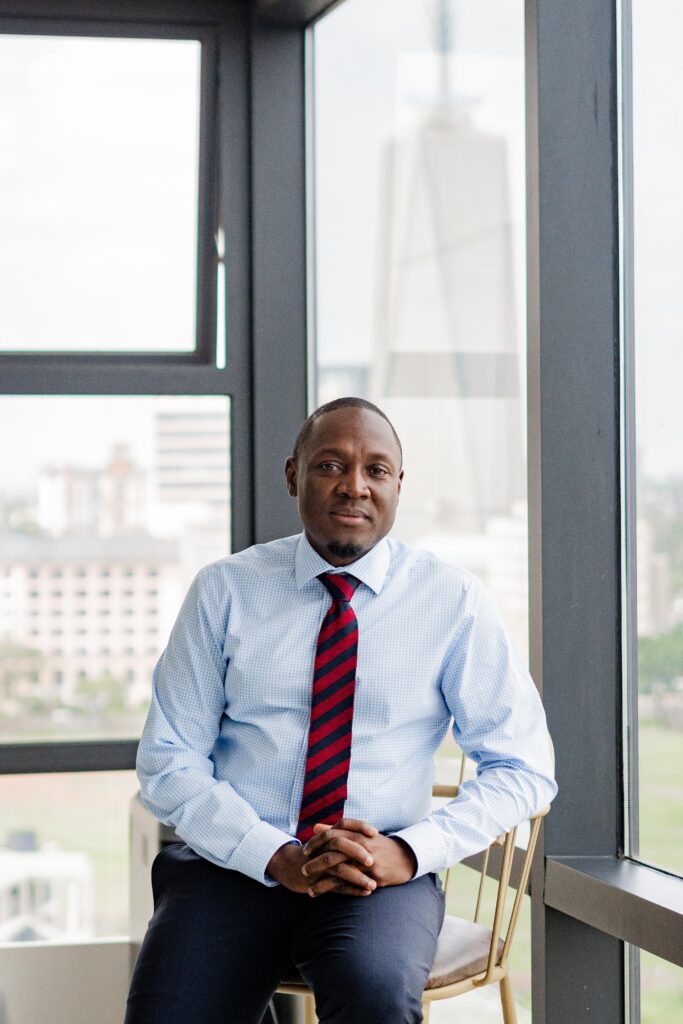
What do you do outside work? What hobbies take your mind off work?
I am still in technology even during my free time. In the recent two or so years, I have become very enthusiastic about smart home technology. I spend most of my free time researching, implementing, and building smart home things. If you did visit my home, you’ll see a lot that I’ve done for myself. Other than that, maybe the gym. I used to run a lot but after we started the core-banking project, that time just wasn’t there anymore.
Where do you see yourself in five years?
I see myself still transforming organisations using technology. I will always have the customer in mind. I’ve also been considering philanthropy as well as sharing my journey with others. I see myself working with the youth a lot in the future.